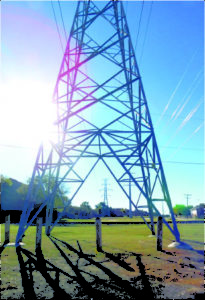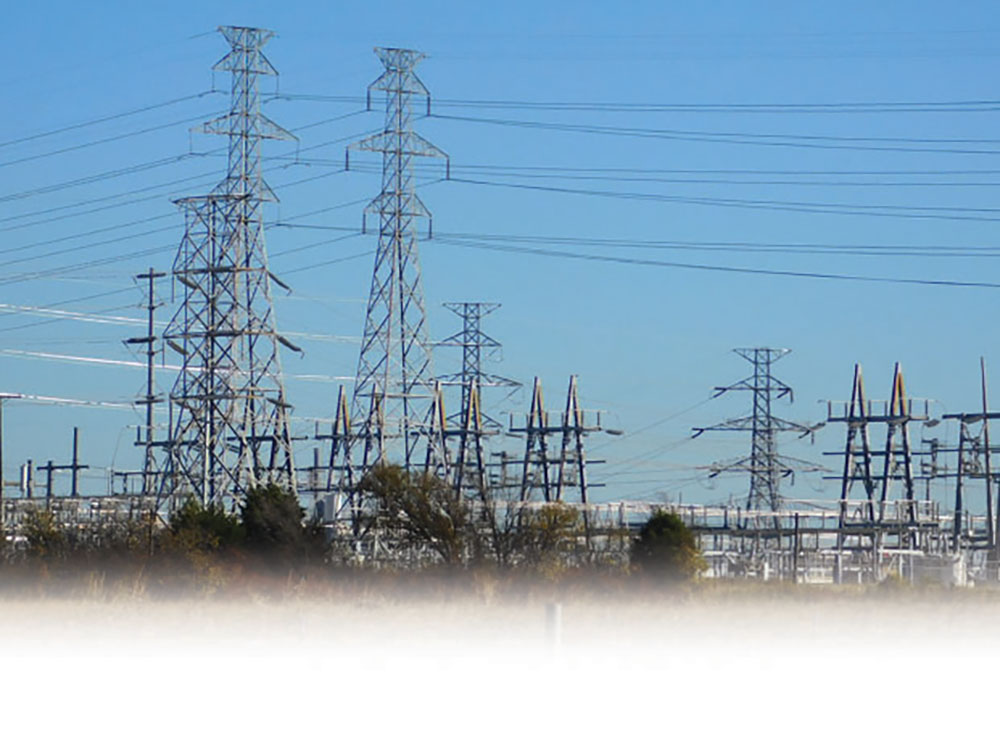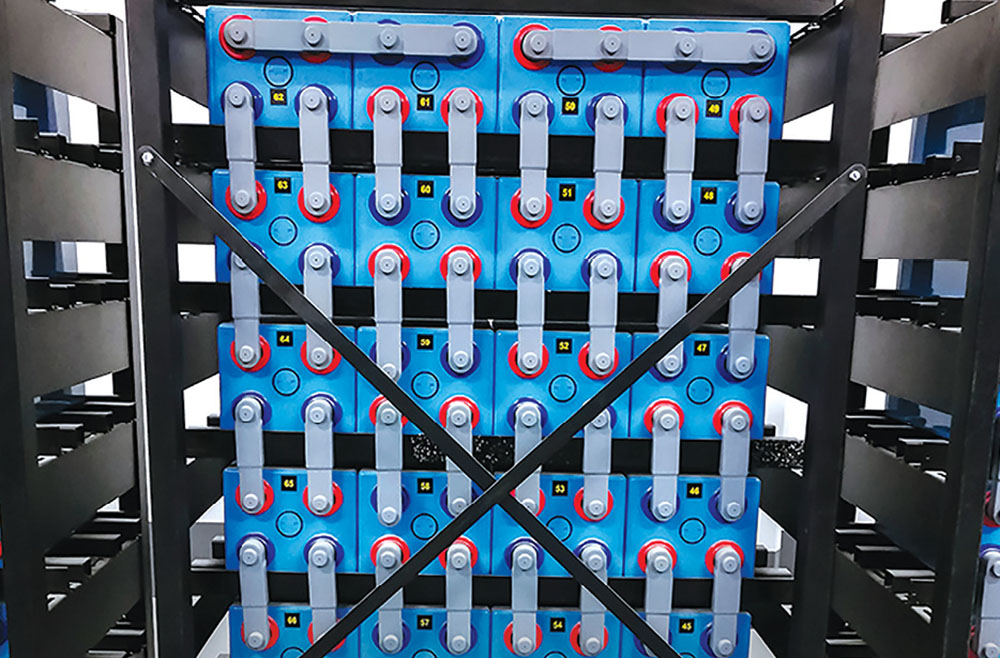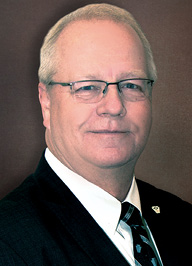Once upon a time, a long time ago—159 years ago to be exact—the sun spewed a solar flare that hit the earth. It was known as the Carrington Event, named after the English astronomer who observed a coronal mass ejection (CME) leaving the sun. The result of the impact was seen most prominently through the telegraph system, where lines were burned and telegraph operators experienced sparks from the machines that caught paper on fire.
While this event was of great magnitude and the only one of its kind to date, such a happening in the 21st century could be catastrophic. In addition to the sun’s CMEs, an electromagnetic pulse (EMP) detonated over the atmosphere could have the same effect.
We often hear of CME warnings telling us that mobile communications could be disrupted. What we haven’t heard much about is how a CME could cripple an electrical grid. The geomagnetic storm of 1989 massively affected North America and the United Kingdom, causing a blackout of the Hydro-Québec power system and damage to two 400/275 kV autotransformers in southern England. A 1200-MVA 500-kV transformer at the Salem Nuclear Power Plant in New Jersey was damaged beyond repair.
What would it take to fix our electrical grid if such an event occurred today?
Congressional report
In 2008, the U.S. Congress released the Report of the Commission to Assess the Threat to the United States from Electromagnetic Pulse (EMP) Attack. While the Report explored many topics—including telecommunications, banking and finance, food infrastructure, and space systems—one of the first subjects researched was electric power.
The report began by describing supervisory control and data acquisition (SCADA) systems as “critical and growing elements of a quietly unfolding industrial revolution spurred by the computer age.” The summary of their findings concluded that the ability to repair any infrastructure problems after an EMP attack would be nearly impossible.
“SCADA systems are vulnerable to EMP insult. The large numbers and widespread reliance on such systems by all of the Nation’s critical infrastructures represent a systemic threat to their continued operation following an EMP event,” the report stated.
“Additionally, the necessity to reboot, repair, or replace large numbers of geographically widely dispersed systems will considerably impede the Nation’s recovery from such an assault.”
With respect to electrical power, “Restoration to electrical service of a widely damaged power system is complex,” the report stated. “Beginning with a total blackout, it requires adequate communication to match and coordinate a generating plant to a load with an interconnected transmission that normally can be isolated via switching at several substations, so it is not affected by other loads or generation.”
According to the report, among other concerns, “There are also a diminishing number of operators who can execute the processes necessary for restoration without the aid of computers and system controls.”
In the case of such an event, getting power back up and running could take weeks, months, or even a year.
The normal delivery time for larger power transformers is one year.
“Expert judgment and rational extrapolation of models and predictive tools suggest that restoration to even a diminished but workable state of electrical service could well take many weeks, with some probability of it taking months and perhaps more than a year at some or many locations,” the report stated. “At that point, society as we know it couldn’t exist within large regions of the Nation. The larger the affected area and the stronger the field strength from the attack (corollary to extent of damage or disruption), the longer will be the time to recover. Restoration to current standards of electric power cost and reliability would almost certainly take years with severe impact on the economy and all that it entails.”
Three grids in one
Our national power grid is made up of three individual grids, with Texas being the only state that has its own. The Electric Reliability Council of Texas (ERCOT) operates the state grid. After being elected in 2014, Texas Governor Greg Abbott requested that the Texas grid be secured against any such attack.

“ERCOT collaborates with federal/national, state, and industry experts on grid security issues, including the impacts of geomagnetic disturbances (GMD),” said Leslie Sopko, ERCOT corporate communications spokesperson, in a written statement. “In 2014, ERCOT’s Reliability and Operations Subcommittee established a task force to inform stakeholders on the potential impacts of geomagnetic disturbances on the ERCOT electric system.”
The North American Electric Reliability Corporation (NERC) is part of the Electric Reliability Organization Enterprise, which also includes seven regional entities. The vision for the group is “a highly reliable and secure North American bulk power system” with (according to their webiste) a mission “to assure the effective and efficient reduction of risks to the reliability and security of the grid.”
NERC has implemented two standards that require grid operators to assess the impacts of GMD events on their systems. ERCOT is in compliance with these NERC standards and has developed a model of the electric system that is specifically designed to show how the system would perform during a GMD event.
“Next steps will include calculating the additional power flow on the system resulting from a GMD event and assessing the overall impact. In the future, this information will be used to help equipment owners in the ERCOT region determine whether their equipment may be at risk,” Sopko’s statement said.
There are other groups in the state working to secure the grid and ensure the lights will stay on. One of those groups is the Texas Renewable Energy Industries Alliance (TREIA). It has a mission to “modernize the power grid to advance renewable integration through industry collaboration and strategic alliances.” Its vision is to achieve 50 percent renewable energy in Texas by 2030.
At TREIA’s GridNext 2018 conference, Peter Kelly-Detwiler, principal of NorthBridge Energy Partners, told participants that Texas is currently getting 19 percent of its electricity from wind and 1.1 percent from solar. Those numbers are projected to increase in 2030 to 26 percent wind and 24 percent solar.
Making the transition to renewables has been underway for many years in Texas. Electricity producers and distributors are now focusing on ways to bring renewable energy to customers while keeping costs low.
 “Having generation available to sell when the market is experiencing high prices is absolutely essential to keeping prices low for our customers, which means dispatchable plants,” said Charles Dickerson, deputy general manager and chief operating officer of Austin Energy, at the GridNEXT 2018 conference. “That said, we anticipate our generation portfolio to grow in solar, and decline in natural gas with the closing of our Decker plant. Our low-cost nuclear generation enables us to lower our carbon footprint and keep prices affordable for our customers.”
“Having generation available to sell when the market is experiencing high prices is absolutely essential to keeping prices low for our customers, which means dispatchable plants,” said Charles Dickerson, deputy general manager and chief operating officer of Austin Energy, at the GridNEXT 2018 conference. “That said, we anticipate our generation portfolio to grow in solar, and decline in natural gas with the closing of our Decker plant. Our low-cost nuclear generation enables us to lower our carbon footprint and keep prices affordable for our customers.”
Can alternative power sources keep the lights on?
Summer 2018 saw many announcements of cities and states making plans to go renewable. An Atlanta city council committee began considering three proposals to make it the first southern city to be on the path to 100 percent renewable electricity by 2035, reported Inside Climate News. California began reconsidering a bill to use only renewable power by 2045, which will make it the second state, behind Hawaii, to have a 100-percent renewable mandate, reported Hydrogen Fuel News. Even smaller communities were getting in on the 100 percent renewable act with Georgetown, Texas (located north of Austin), cutting the ribbon on a 1,200-acre solar farm in West Texas housing 1.7 million solar panels, according to KVUE.com. Inside Climate News also reported in July that other cities vowing to use 100 percent renewable electricity include Salt Lake City, San Diego, St. Louis, and Orlando.
The question really becomes, “Can going 100 percent renewable help or prevent catastrophic damage to equipment and life as we know it in this country?”
Lisa Laughner, chief operating officer of Go Electric, said using renewable energy sources could help in such an EMP-style event. “It gives you some more options where your electricity is coming from,” she said. “Communities or individual buildings that have their own power generation sources can carry on, which is pretty viable if your central generator is having issues.”
Although no electrical or computer-based equipment (including PV panels) is immune from damage resulting from an EMP, devices such as faraday cages can help protect from such damage.
“Hydropower, wind, geothermal, and solar power each has a naturally reoccurring fuel supply that is unaffected by EMP,” the Congressional report stated.
“However, the controls of these plants themselves are subject to damage by EMP at present (2008). In addition, only hydropower and geothermal have controllable fuel (i.e., they can operate when needed versus wind and solar that operate when nature provides the fuel just-in-time).”
“Your solar is set pretty close to where you’re consuming it…. Unless your roof got blown away, you wouldn’t have distribution lines to repair,” Laughner said. “Coal and nuclear is far away from the consumer (which can cause distribution problems).”
 The advantage solar microgrids have over traditional electrical grids is simple: “You don’t have the miles and miles of transmission lines to repair to get electricity to the customer,” Laughner said.
The advantage solar microgrids have over traditional electrical grids is simple: “You don’t have the miles and miles of transmission lines to repair to get electricity to the customer,” Laughner said.
Go Electric builds microgrids in a box and deploys them to commercial and industrial buildings between the building and the grid. The system batteries keep buildings operating when the grid is downed by providing an island effect.
“Microgrids can do something amazing,” Laughner said. “It’s called ‘island away’ from the grid. If you can ‘island away’ from the grid and have your microgrid send a signal to the grid, you can get back up and running.”
While there’s no way to know for certain how to protect the national grid from a catastrophic attack (other than by buying replacement parts in advance and storing them in a secure location with multiple people trained to make the repairs), having alternative sources of producing and distributing energy is one way to prevent life as we know it from being decimated. Then we can all live happily ever after.















Find Us on Socials